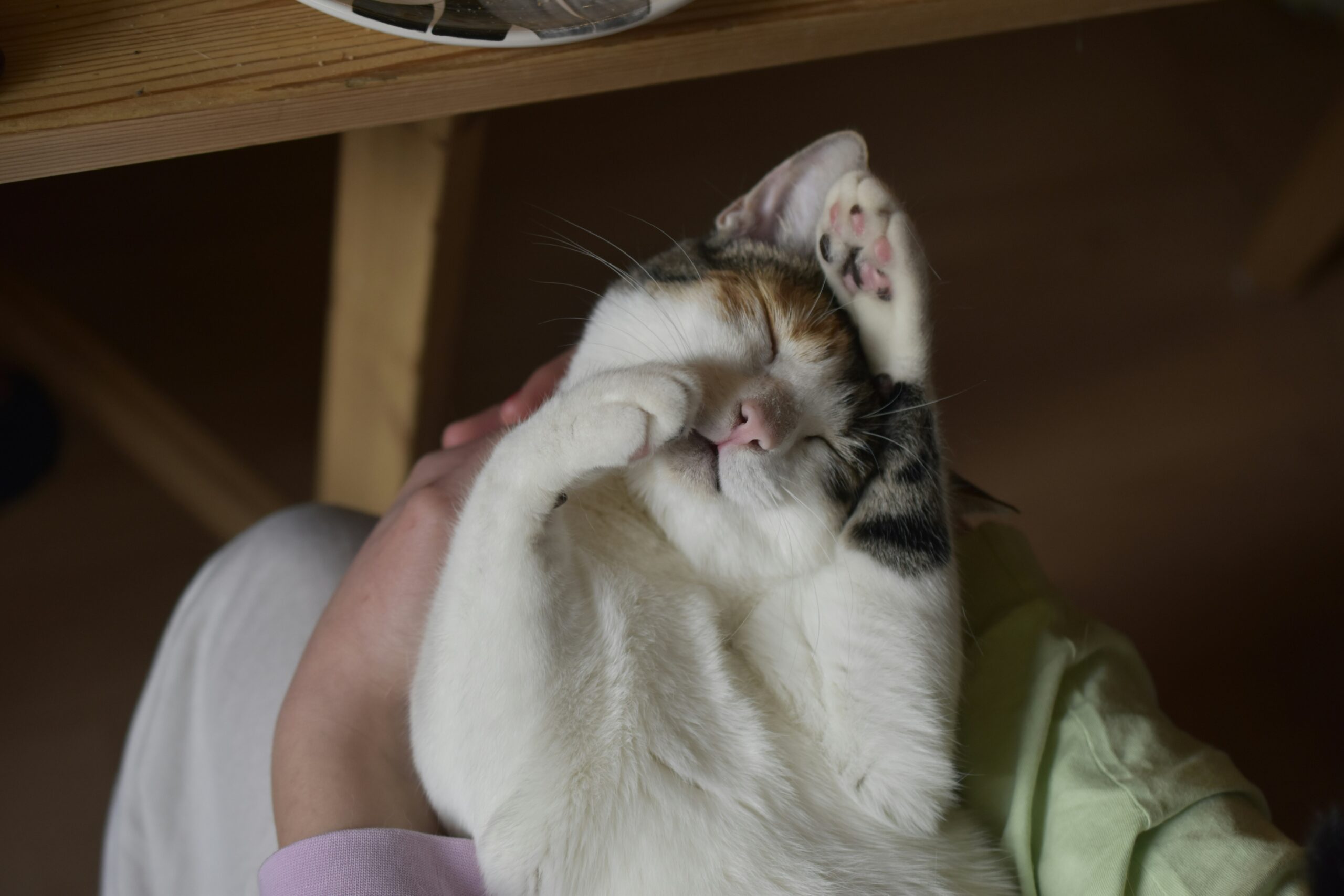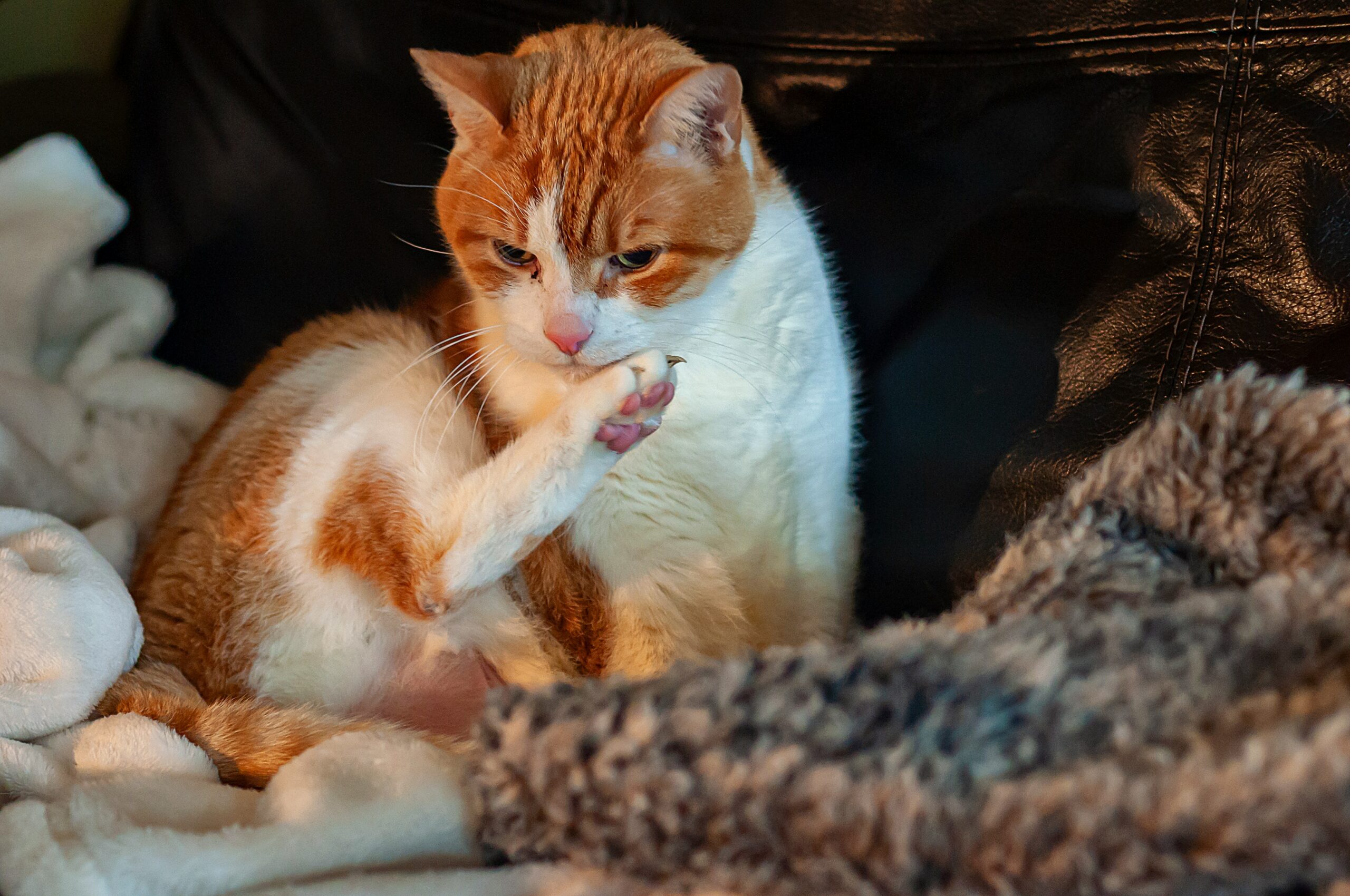
Introduction
Cat behavior can be a puzzle, but in 2025, understanding it is trending, with #CatBehavior2025 exploding on X. From scratching to litter issues, cats like Siamese or Persians have quirks. Let’s explore how to manage common behaviors for a harmonious home.
Why Cat Behavior Matters
Cats express needs through actions—scratching marks territory, meowing signals hunger. In 2025, 65% of owners seek behavior solutions (ASPCA). Missteps lead to stress or rehoming. I fostered a cat who scratched furniture until I learned her cues—now she’s a cuddler. X is full of success stories.
Common Behavior Issues
Scratching, spraying, and hiding are top concerns. Siamese may meow excessively; Persians hide when stressed. Aggression or litter avoidance often stems from health or environment. My foster cat sprayed until I added a second litter box. X’s #CatTips2025 suggests stress as a key trigger—address it early.

Solutions for Scratching
Provide scratching posts—sisal ones last longest. Place them near furniture; I used double-sided tape to deter my cat. Reward use with treats. Catnip-sprayed posts work wonders. Trim claws biweekly ($10 tool). X users swear by vertical posts for active breeds like Maine Coons.
Continues after advertising
Health and Behavior Link
Pain causes misbehavior—dental issues or UTIs lead to litter avoidance. Vet visits ($100-$150/year) catch problems. My foster’s aggression stopped after a tooth cleaning. Feed wet food to prevent urinary issues; Hill’s is vet-approved. Pet insurance ($15/month) covers diagnostics.
Why Behavior Training Works
Cats respond to routine. In 2025, clicker training is trending for tricks like “sit.” Positive reinforcement—treats, praise—builds trust. X shows cats learning to high-five! Training suits all breeds; Ragdolls are especially receptive. It strengthens bonds, reducing stress behaviors.

Challenges of Behavior Management
Cats are independent, resisting change. Inconsistent training fails—stick to schedules. Medical issues mimic behavior problems; misdiagnosis costs time. I’ve seen X posts about owners giving up too soon—patience is key. Space matters; crowded homes stress cats, worsening issues.
Getting Started
Consult a vet or behaviorist ($50-$150/session). Stock litter boxes (one per cat plus one), posts, and toys. My foster loved a puzzle feeder. Join X’s #CatBehaviorHelp2025 for tips and support. Read Jackson Galaxy’s books for expert advice—game-changers for my cat!
Conclusion
Managing cat behavior in 2025 creates happy homes. Understand their cues, stay patient, and share your wins on X. Your cat’s quirks can become their charm!






